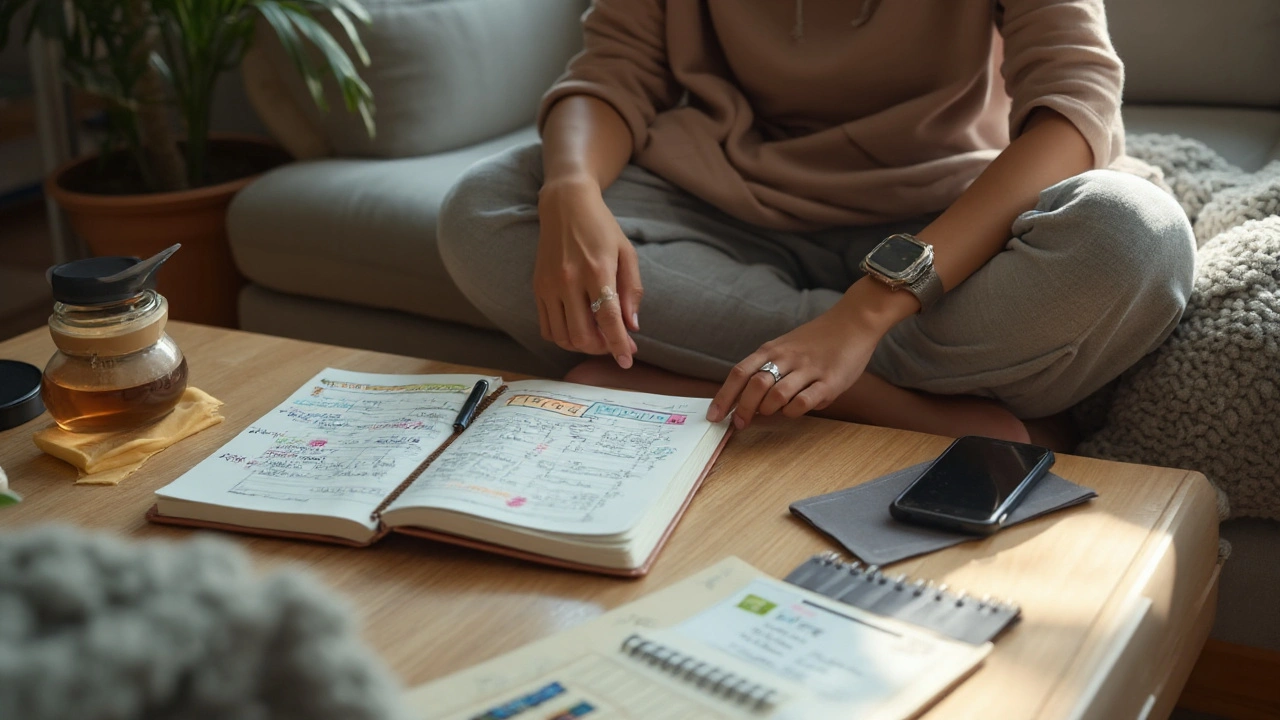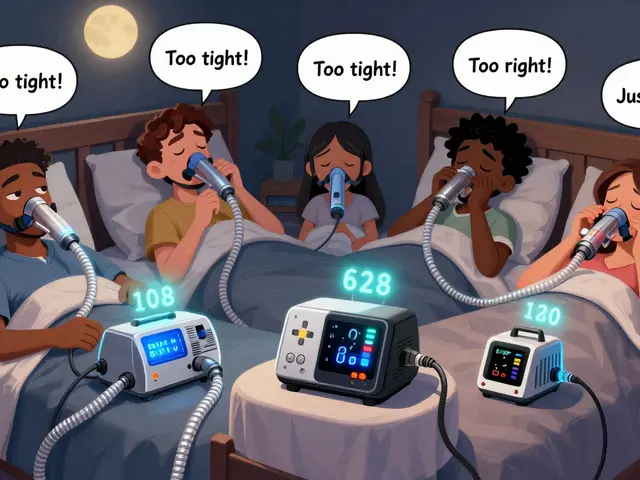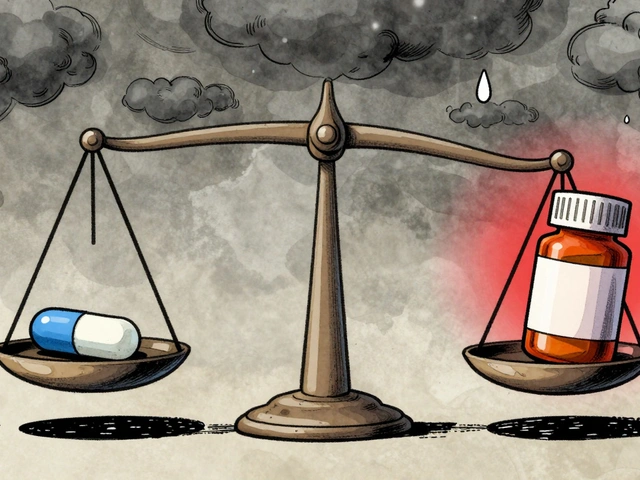Endometriosis – Essential Facts and Resources
If you’ve heard the word “endometriosis” and aren’t sure what it means, you’re not alone. It’s a condition where tissue similar to the lining of your uterus grows outside the womb. This misplaced tissue can cause pain, heavy periods, and even affect fertility. Knowing the basics helps you spot the signs early and talk to a doctor with confidence.
Endometriosis affects about 1 in 10 people who menstruate, but many go undiagnosed for years. The pain isn’t just “normal” period cramps – it’s often intense, chronic, and can flare up during sex, bowel movements, or when you’re standing for a long time. If you relate to these symptoms, don’t brush them off. Early detection can keep the condition from getting worse.
Common Symptoms and How to Spot Them
Typical signs include:
- Severe pelvic pain that starts before your period and lasts throughout the month.
- Painful periods (dysmenorrhea) that no over‑the‑counter painkiller seems to fix.
- Deep‑down pain during or after sex.
- Unexplained bowel or bladder discomfort, especially during your period.
- Fatigue, bloating, and occasional nausea.
These symptoms can overlap with other conditions, so a proper medical evaluation is key. Your doctor may suggest an ultrasound or, if needed, a laparoscopy – a small surgical procedure that lets them see and sometimes treat the tissue directly.
Treatment Options and Managing Pain
There’s no one‑size‑fits‑all cure, but several approaches can bring relief:
- Hormonal therapy: Birth control pills, hormonal IUDs, or GnRH agonists can shrink the tissue and lessen pain.
- Pain relievers: NSAIDs like ibuprofen help with inflammation, while stronger prescriptions may be needed for chronic pain.
- Surgery: Laparoscopic removal of endometrial implants can improve symptoms and fertility chances.
- Lifestyle tweaks: Regular low‑impact exercise, a balanced anti‑inflammatory diet, and stress‑reduction techniques (yoga, meditation) often lower discomfort.
Many people find a combination of treatments works best. Keep a symptom diary – note what you ate, your stress level, and how you felt each day. This record helps you and your doctor pinpoint triggers and adjust therapy.
While dealing with endometriosis can feel overwhelming, you don’t have to go it alone. Support groups, online forums, and professional counseling provide emotional backup and practical tips from people who’ve been there.
Below are some related articles from Safe‑Pills.com that might interest you, even if they cover broader health topics. They share useful advice on managing medication costs, safe online pharmacy practices, and lifestyle changes that can complement your endometriosis care plan.
Remember, knowledge is power. By understanding what endometriosis does to your body and staying proactive with treatment, you can reduce pain, protect fertility, and regain control over your life.

Self-Advocacy for Menstrual Cramps: Get the Treatment You Deserve
Period pain shouldn’t derail your life. Here’s how to advocate for proper diagnosis and treatment-what to track, what to ask for, and how to get heard.
View More




